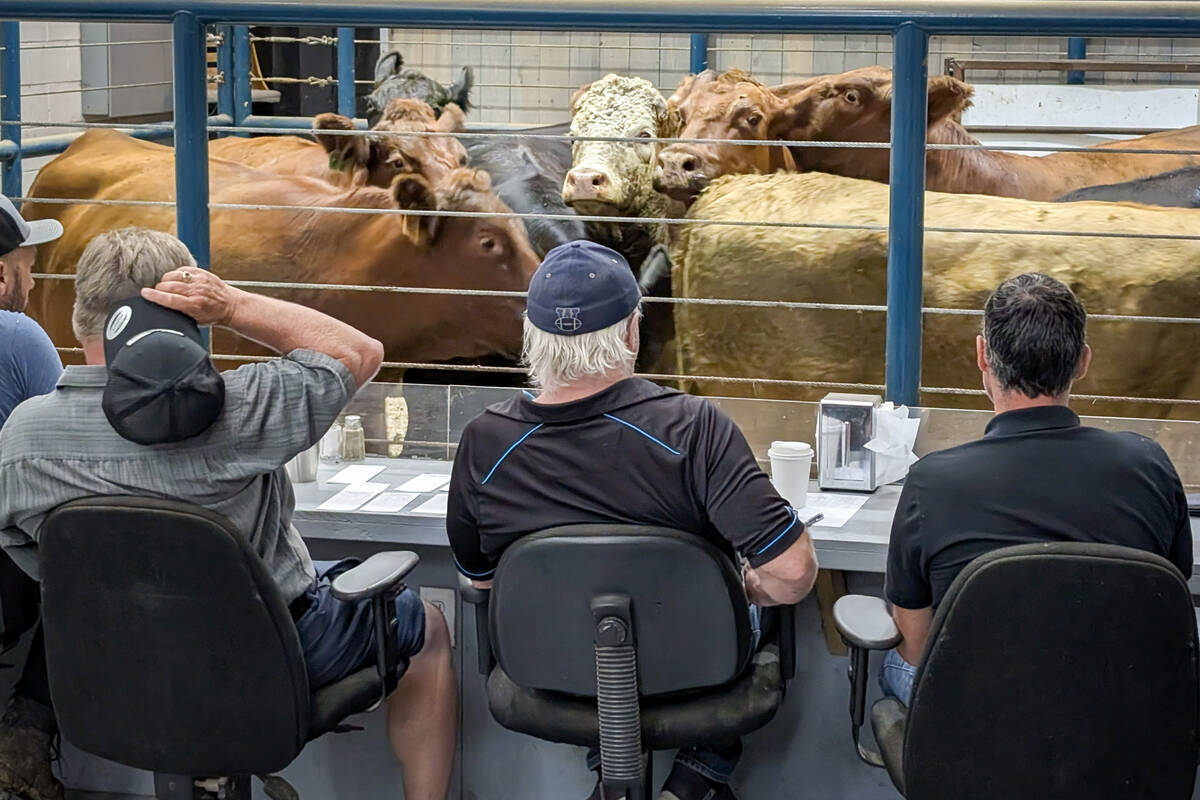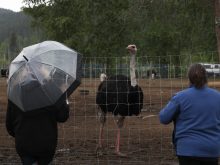A juvenile goat in Minnesota has tested positive for highly pathogenic avian influenza (HPAI) in the first confirmed case of bird flu in U.S. livestock.
Predators that feed on infected birds have previously tested positive for HPAI in the U.S.
The goat lived on the same property as a poultry flock that tested positive for the disease, North Dakota State University (NDSU) said in an article on its website this month.
“While we don’t envision this zoonotic transmission to be commonplace, good biosecurity protocols separating livestock from poultry/waterfowl is a good production practice to reduce the potential spread of HPAI to our small ruminants during the spring migration of wild birds,” said Travis Hoffman, sheep specialist with NDSU Extension.
Read Also

Klassen: Weaker fed market weighs on feeder cattle prices
For the week ending November 8, Western Canadian feeder cattle markets traded $10-$20/cwt below values from seven days earlier. Some…
The goat shared the same pasture and water source as the poultry.
NDSU said that while there’s little information on HPAI infection in ruminants, it appears that in some species animals with compromised or immature immune systems are at great risk of infection. In the Minnesota case, only young goats were affected.
Limiting livestock’s exposure to potentially-infected poultry is the first line of defense against infection, NDSU said.
Avian influenza has spread among poultry flocks around the world to devastating effect. A strain of the disease has also been shown to have killed sea mammals in South America.











